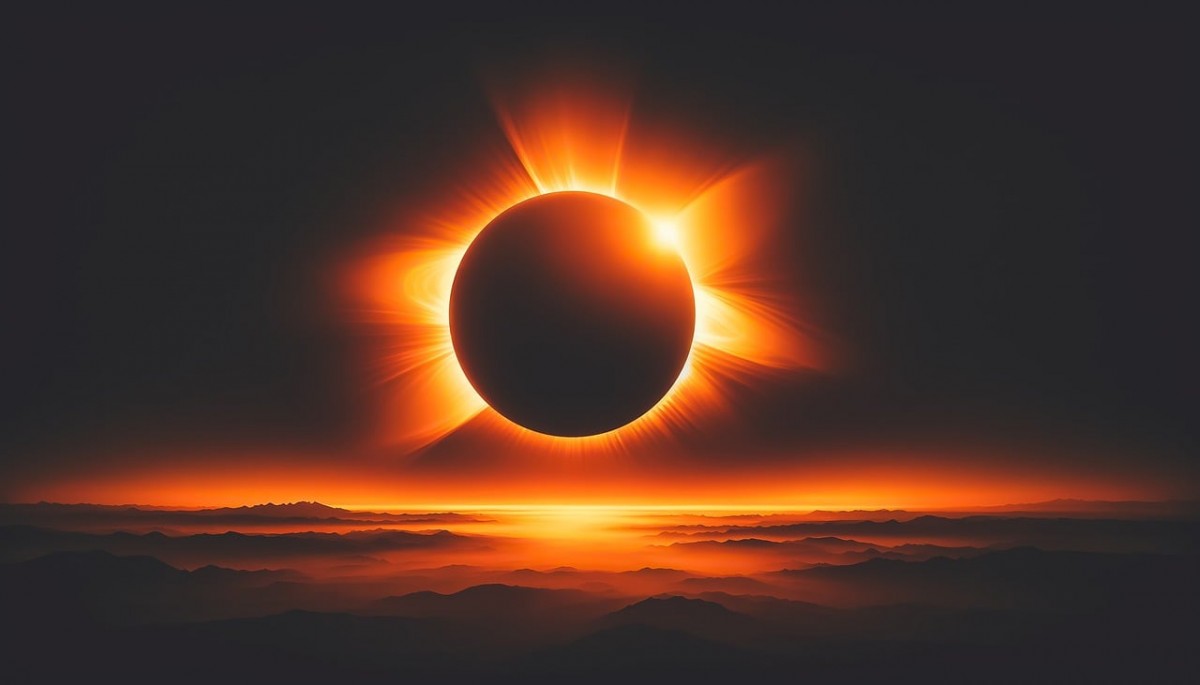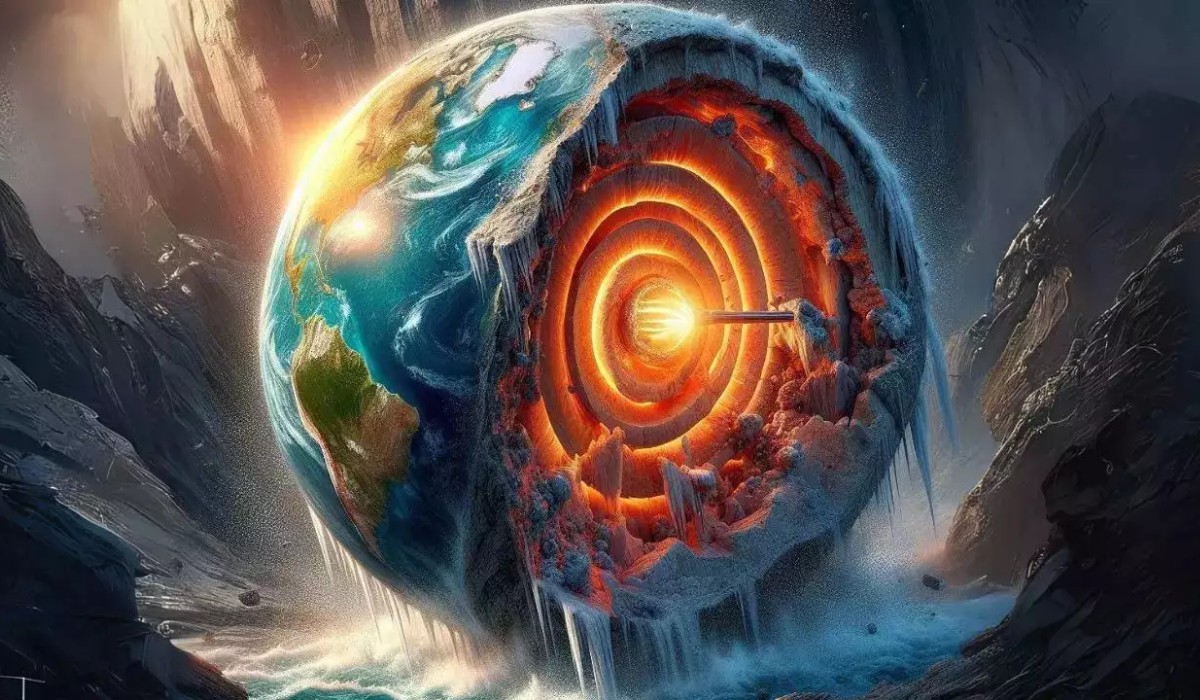Solar eclipses have captivated humanity for centuries, inspiring awe and wonder as the moon momentarily blocks the sun’s radiant light. But what causes this celestial spectacle, and what effects does it have on Earth? In this article, we delve into the intricacies of solar eclipses, exploring their origins, types, and the fascinating phenomena associated with them.
The Mechanics of Solar Eclipses:
At its core, a solar eclipse occurs when the moon passes between the Earth and the sun, aligning perfectly to cast its shadow on our planet. This alignment can only happen during a new moon, when the sun and moon are in conjunction.
Types of Solar Eclipses:
Solar eclipses come in three main varieties: total, partial, and annular. A total solar eclipse occurs when the moon completely obscures the sun, plunging areas within its shadow into darkness known as totality. In a partial solar eclipse, only a portion of the sun is covered by the moon, resulting in a partial reduction of sunlight. An annular solar eclipse happens when the moon is at a farther point in its orbit and appears smaller than the sun, leaving a ring of sunlight visible around the edges of the moon’s disk.
Rare Celestial Events:
Solar eclipses are relatively rare events that occur a few times each year and are visible only from specific regions on Earth. The path of totality, where a total solar eclipse is visible, is typically narrow and can span thousands of miles across the Earth’s surface.
Also Read: Pune: Condoms, stones, gutkha etc found in samosas served in Tata Motors Company
Effects and Phenomena:
During a solar eclipse, various phenomena may occur, adding to the spectacle of the event. Changes in temperature, animal behavior, and the appearance of shadow bands – wavy lines of light and shadow that move across the ground just before and after totality – are some of the phenomena associated with solar eclipses.
Safety Precautions:
It’s crucial to observe safety precautions when viewing a solar eclipse, as looking directly at the sun without proper eye protection can cause permanent eye damage. Specialized solar viewing glasses or indirect viewing methods, such as using a pinhole projector, should be used to safely observe the eclipse.
Solar eclipses are remarkable events in space. They remind us of the vastness and intricacy of the universe. Learning about solar eclipse mechanics enriches our understanding. There are various types of solar eclipses. They impact Earth in different ways. Studying solar eclipses helps us appreciate their rarity. It also deepens our knowledge of the cosmos.
Also Read: Bharatiya Vidya Bhavan’s Sanskritik Kendra in Nagpur











